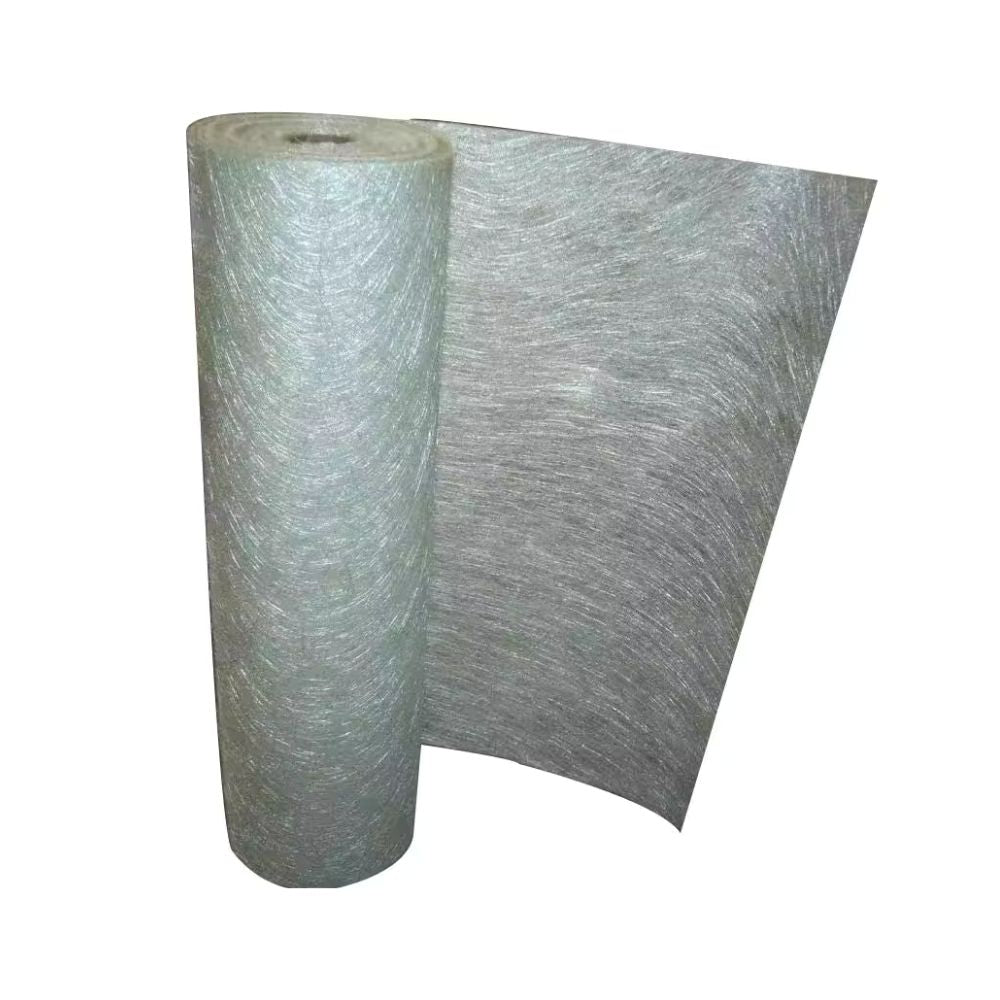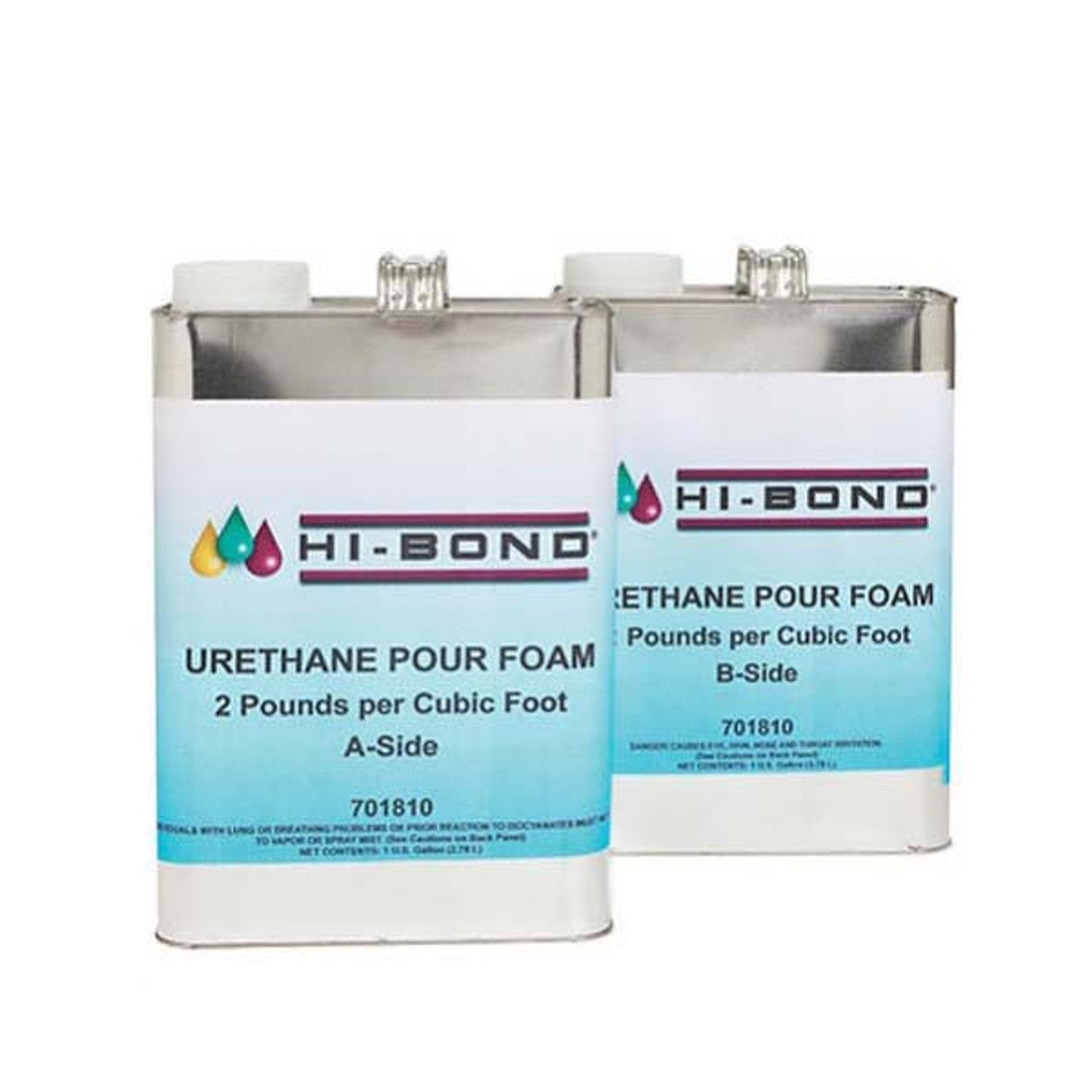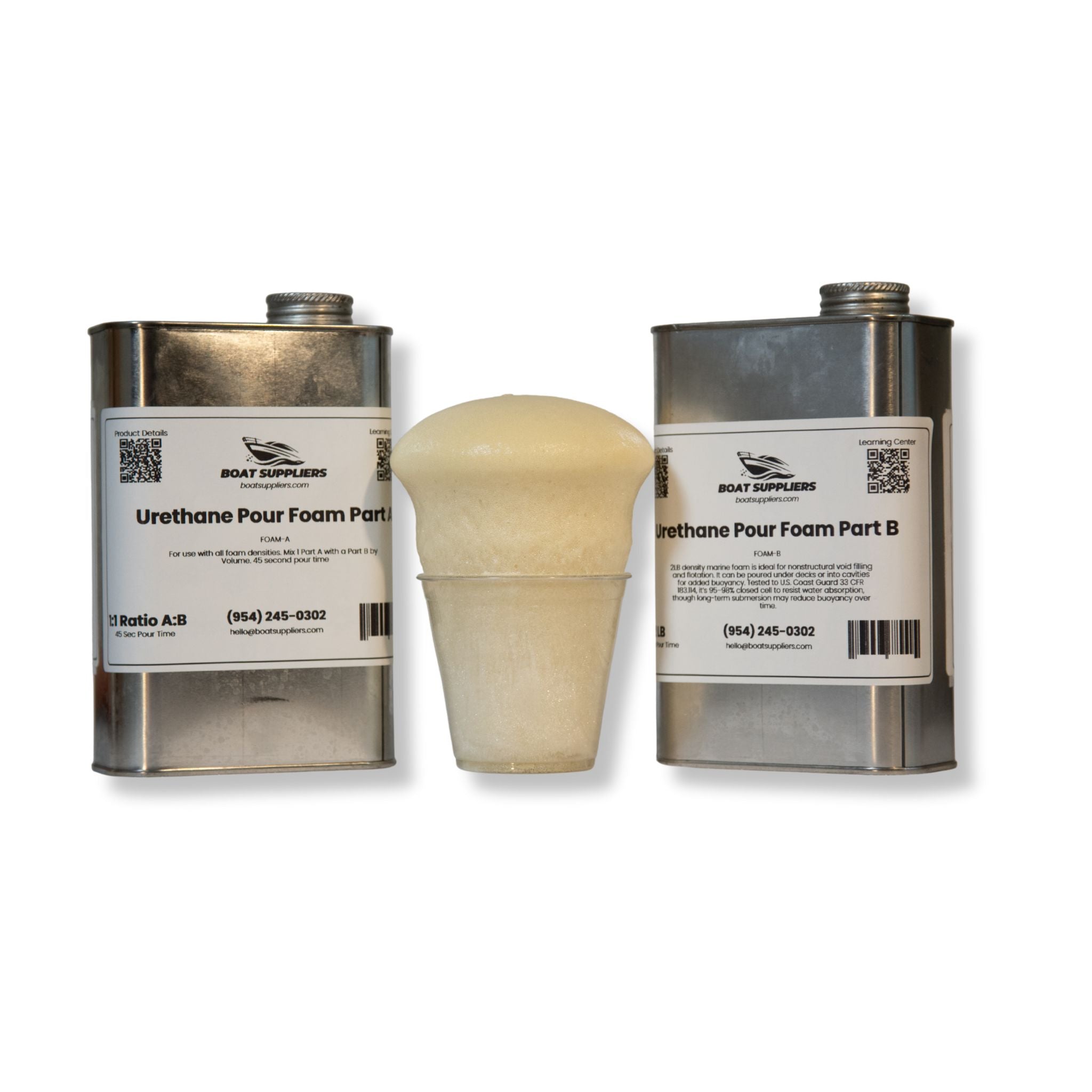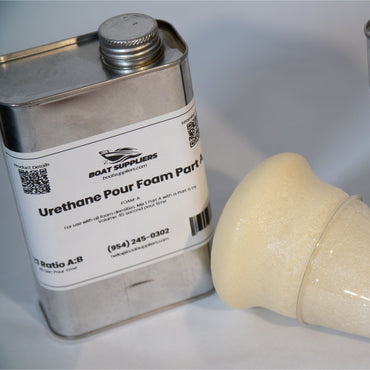Filling pontoons with expanding urethane pour foam is a practical way to add flotation, reinforce internal cavities, and provide peace of mind in case of leaks or punctures. Whether you’re restoring an older pontoon boat or customizing your own DIY build, pour foam offers a reliable and long-lasting solution. In this guide, we’ll walk you through the entire process, including safety tips, volume calculations, and product recommendations.
Why Fill Pontoons With Foam?
Expanding pour foam is a closed-cell polyurethane foam that hardens into a lightweight, water-resistant material. It’s commonly used in marine environments to:
-
Add positive flotation to prevent sinking in case of hull damage
-
Fill voids or unused cavities
-
Provide insulation and sound dampening
-
Stabilize and reinforce aging or thin-walled pontoons
Importantly, closed-cell foam does not absorb water like open-cell varieties and is US Coast Guard-approved for flotation use when using 2 lb density foam.
What You'll Need
-
Expanding Urethane Pour Foam (usually 2 lb density for flotation)
Shop Pour Foam -
Measuring Containers (equal parts A and B)
-
Mixing Sticks or Drill Mixer
-
Gloves, Eye Protection, and Respirator
-
Plastic Sheeting or Drop Cloths (foam sticks to everything)
-
Mold Release (optional) for reusable cavities
-
Acetone or Denatured Alcohol (for cleanup before cure)
Step 1: Inspect & Seal the Pontoon
Before pouring foam, inspect your pontoon for any holes or leaks. Foam must be poured into a dry, sealed cavity. If water is present, drain and dry the pontoon completely. Seal all known holes using marine-grade epoxy or fiberglass patch kits to ensure foam stays contained.
Step 2: Calculate Foam Volume
To estimate how much foam you need, calculate the internal volume of the pontoon:
Formula for a Cylinder:
π × radius² × length
Example:
For an 18" diameter pontoon that’s 14 feet (168 inches) long:
-
Radius = 9 inches
-
Volume = 3.14 × 9² × 168 = 42,672 cubic inches
-
Convert to cubic feet: 42,672 ÷ 1,728 = 24.69 cubic feet
Since 2 lb pour foam expands approximately 20–25x, you’ll need about 2 quarts of liquid foam per cubic foot. For 25 cubic feet, that’s roughly 12.5 gallons of liquid foam (6.25 gal Part A and 6.25 gal Part B).
Tip: Always order a little extra to account for variation.
Step 3: Prepare the Workspace
-
Work in a well-ventilated area (outdoors or with strong ventilation).
-
Maintain a temperature of 75–85°F for optimal expansion.
-
Pre-warm the foam containers if working in cooler conditions.
-
Protect surrounding areas—foam sticks to everything once cured.
Step 4: Mix and Pour the Foam
-
Mix equal parts of Part A and Part B vigorously for 25 seconds.
-
You’ll have about 45 seconds of working time before expansion starts.
-
Pour the mixture into the pontoon cavity immediately.
-
Start with small batches (1 quart per part) to avoid overflow.
-
Wait 15–20 minutes between pours to allow for expansion and cooling.
Step 5: Let It Cure
The foam will expand fully in about 5 minutes and be hard in 15 minutes. After all layers are poured and cured, seal any access points and inspect for any foam expansion beyond the pour holes.
Tips for Best Results
-
Always pour into open cavities or allow an expansion path to prevent pressure buildup.
-
Use multiple small pours instead of one large one for better control.
-
Store foam in a climate-controlled space before use.
-
Never pour foam into a sealed, airtight container without a pressure release.
Important Considerations
-
Not for permanent submersion: While pour foam is water-resistant, it should not remain submerged indefinitely. Always encapsulate foam when possible.
-
Cured foam is permanent: Once set, foam can’t be dissolved—only mechanically removed.
-
Pontoons must be sealed: Any exposed water path will reduce flotation efficiency over time.
-
While expanding pour foam adds buoyancy, it also adds some weight to your pontoon. For example, cured 2 lb foam weighs approximately 2 pounds per cubic foot. If you’re filling a 25 cubic foot cavity, that adds roughly 50 pounds total—far less than the water it displaces, but still important to factor in for trailer loads or performance-sensitive applications. Higher-density foams like 4 lb or 6 lb will weigh proportionally more, so always balance your flotation needs with overall boat weight.
-
The added weight from expanding pour foam can have a minor impact on fuel economy, but in most cases, it's negligible. For example, adding 50–100 lbs of 2 lb foam to your pontoon is roughly equivalent to one extra adult passenger. While increased weight does require slightly more engine power—especially at planing speeds—most boat motors can easily handle the added load without a noticeable drop in performance or fuel efficiency.
However, if you're using higher-density foam (like 4 lb or 6 lb) or filling large volumes, the weight can add up. In those cases, you might see a small reduction in miles per gallon—especially on smaller outboard engines or boats already near their weight capacity.
Overall, the safety and flotation benefits of foam far outweigh the minimal fuel trade-off in typical applications.
Conclusion
Filling pontoons with expanding pour foam is a smart, effective way to enhance flotation and safety on the water. With proper prep, measurement, and pouring technique, you can ensure your pontoons are buoyant, stable, and ready for seasons of reliable use.
Recommended Products
Need help calculating your foam requirements?
Use our Epoxy Calculator or contact our team for personalized support.
Prochain article
Quelle est la différence entre la fibre de carbone sergée 2x2 et la fibre de carbone à armure toile ?
Mis à jour le 06 July 2025


















